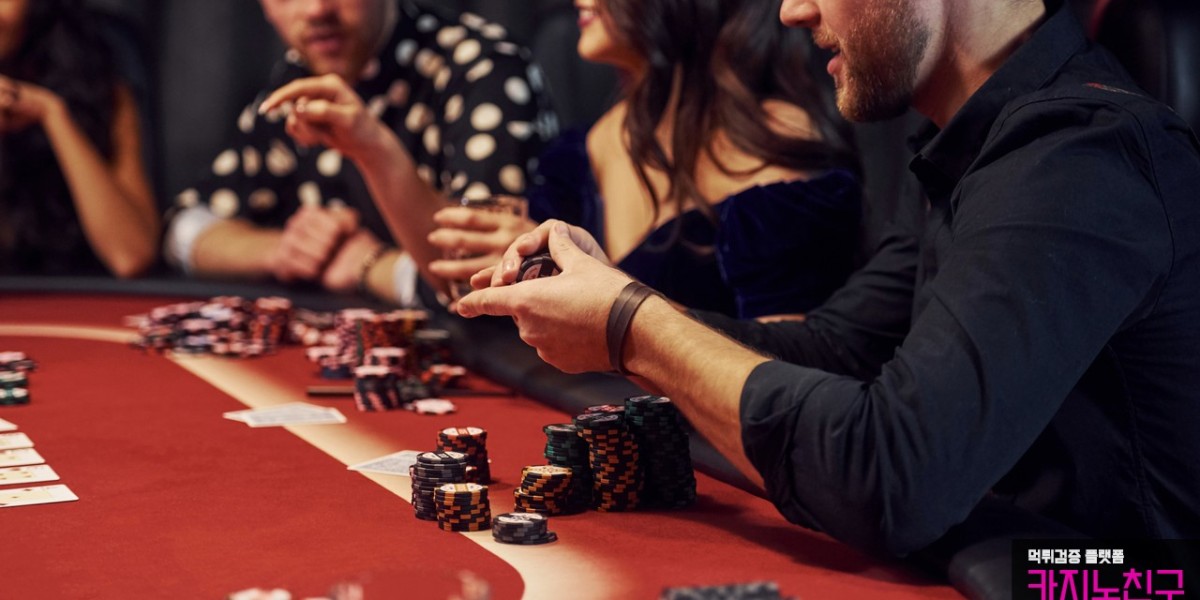Unlock Your Photography Potential: Discover the Perfect Budget Monopod for Beginners!
For novice photographers, navigating the vast landscape of photography equipment can be overwhelming. One crucial piece of gear that can significantly enhance your photography experience is a monopod. Unlike tripods, monopods offer a compact solution that improves stability while maintaining flexibility, making them an excellent tool for beginners. Whether you're capturing fast-moving subjects, shooting in crowded spaces, or simply looking for a way to reduce fatigue during long photo sessions, a budget-friendly monopod can provide the support you need without straining your wallet. In this article, we will explore the essential features of monopods, tips for choosing the right one, and how to use them effectively, thereby empowering you to elevate your photography skills.

Understanding Monopods and Their Benefits
A monopod is a single-legged support for cameras, designed to provide stability while allowing for greater mobility than a tripod. For beginners, the advantages of using a monopod are numerous. Firstly, they're lightweight and easy to carry, making them ideal for on-the-go photography. I've seen friends who love to hike take them along for landscape shots because they can easily slip them into a backpack. Secondly, monopods allow for quick setup, so you won’t miss the perfect shot while fumbling with equipment. They’re particularly beneficial in scenarios where space is limited, such as crowded events or tight indoor settings, giving you the ability to stabilize your camera without the bulk of a tripod. Furthermore, using a monopod can reduce strain on your arms during extended shooting sessions, which is a common pain point for many beginners.
Key Features to Look for in Budget Monopods
When selecting a budget monopod, there are several key features to consider. First, weight is crucial; a lightweight monopod is easier to carry, especially if you plan to travel. Look for models that offer height adjustment, which will allow you to customize the monopod to your preferred shooting position. The material of the monopod matters too. Aluminum is a popular choice due to its balance of durability and weight, while carbon fiber is lighter but often more expensive. Additionally, a comfortable grip is essential for stability—after all, you want to feel secure while capturing your images. Lastly, ensure that the monopod is compatible with your camera type, especially if you’re using various lenses or equipment. Finding a balance between cost and essential features will help you make an informed decision.
Tips for Choosing the Right Monopod
Choosing the right monopod involves more than just picking the cheapest option. A practical tip is to test the stability of the monopod before purchasing. If possible, hold it with your camera attached to see how it feels and to ensure you can maintain balance. Additionally, consider how easy it is to set up and adjust. A monopod that requires complicated adjustments may hinder your shooting experience, especially in fast-paced situations. Think about your personal photography style: if you often shoot in low-light conditions, you may need a monopod that can extend to a greater height for better angles. Lastly, don't forget to balance your desired features with your budget constraints. Sometimes, spending a little more can significantly enhance your photography experience.
How to Use a Monopod Effectively
Using a monopod effectively can transform your photography. Start by adopting a stable posture; stand with your feet shoulder-width apart and keep your elbows close to your body for added support. When holding the camera, ensure that the monopod is firmly planted on the ground to maximize stability. One common mistake beginners make is leaning too much on the monopod; instead, use it as an aid rather than a crutch. Practice moving with the monopod, allowing it to assist your movements rather than restrict them. Don't forget to adjust your camera settings according to your environment, as using a monopod can sometimes lead to longer exposure times. With these techniques, you can harness the full potential of your monopod in various photography scenarios.
Enhancing Your Photography Journey with Monopods
In summary, a budget-friendly monopod can be a game-changer for beginners looking to improve their photography. By understanding the benefits of monopods, knowing what features to consider, and mastering effective usage techniques, you can elevate your photography experience significantly. Investing in a monopod not only enhances stability but also fosters creativity by allowing you to explore different angles and settings with ease. So, take the time to explore your options and find the monopod that best fits your needs, and watch as your photography skills flourish!







